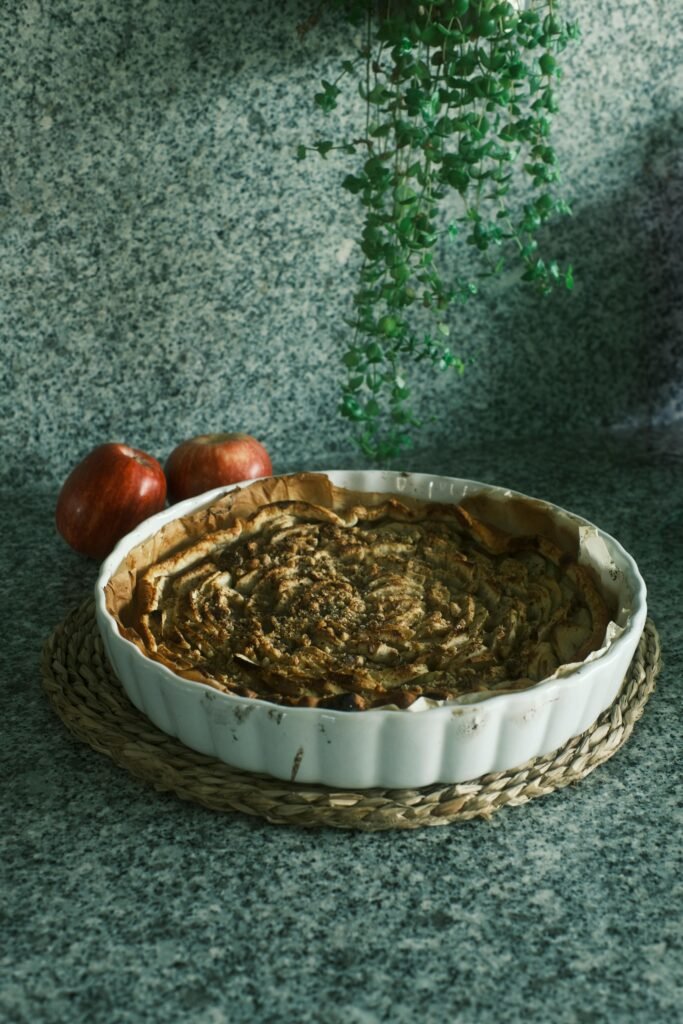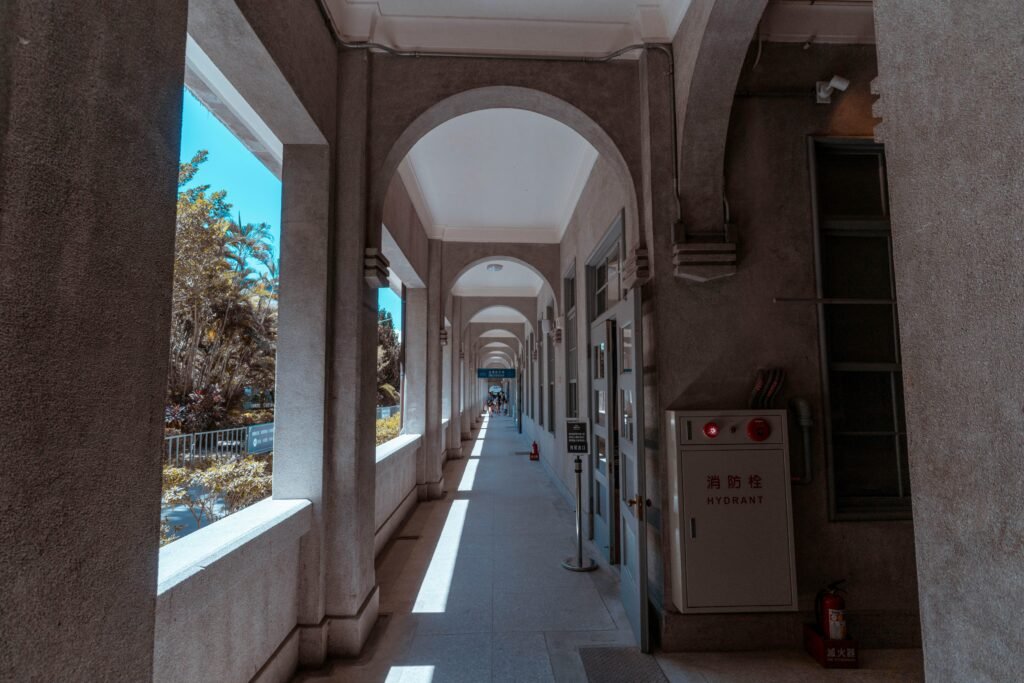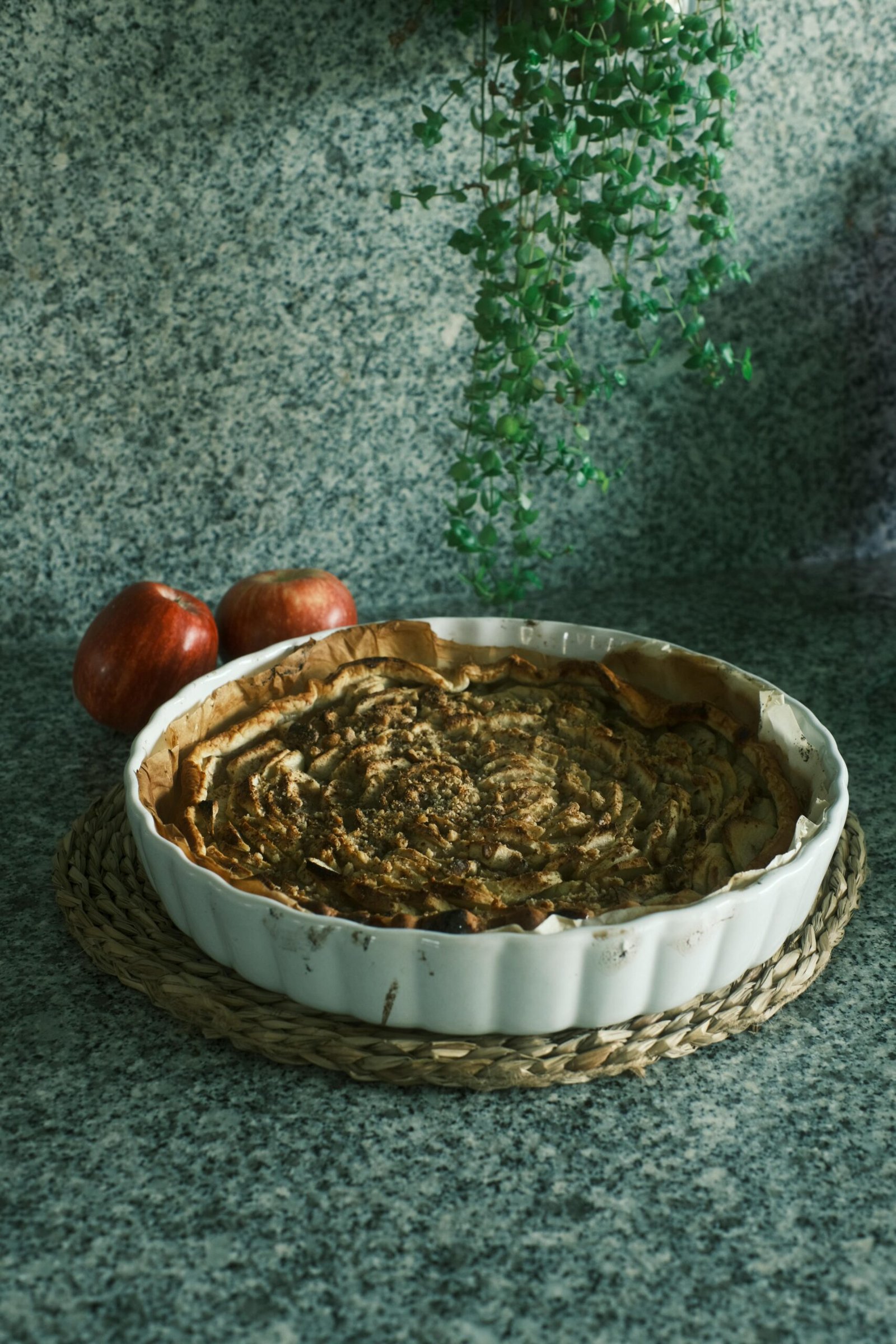Welcome to the exciting world of fireproof and waterproof design features! In this article, you will discover the benefits of incorporating these highly efficient elements into your building or home. From providing peace of mind to ensuring safety and longevity, these features will take your space to the next level. Let’s explore how achieving perfection with fireproof and waterproof design features can transform your environment into a secure and stylish sanctuary. Have you ever wondered how to achieve perfection in your design projects by incorporating fireproof and waterproof features? Whether you are designing a new home, renovating an existing building, or even working on a DIY project, incorporating these essential design elements can not only enhance the aesthetics but also improve the safety and durability of the structure.

This image is property of images.pexels.com.
The Importance of Fireproof and Waterproof Design Features
When it comes to building or renovating structures, two critical factors that need to be considered are fire safety and water damage prevention. By incorporating fireproof and waterproof design features, you can significantly reduce the risk of potential hazards and increase the longevity of the structure.
Ensuring that your design is both fireproof and waterproof can give you peace of mind knowing that your building is well-protected against unforeseen disasters.
Fireproof Design Features
Fireproof design features are essential for any structure to prevent the spread of fire and minimize damage in case of a fire emergency. There are various materials and design techniques that can be used to create fireproof structures, including fire-resistant coatings, fire-retardant materials, and compartmentalization.
Incorporating fireproof materials such as gypsum board, fiberglass insulation, and fire-resistant coatings can help slow down the spread of fire within a building. Compartmentalization, which involves dividing a building into separate fire-resistant compartments, can further prevent the spread of flames and smoke.
By implementing these fireproof design features, you can protect your building and its occupants in the event of a fire and adhere to building codes and regulations.

This image is property of images.pexels.com.
Waterproof Design Features
Waterproof design features are essential to protect a structure from water damage, which can cause structural issues, mold growth, and other health hazards. Incorporating waterproofing materials and techniques in the design can help prevent water intrusion and ensure the longevity of the building.
Materials such as waterproof membranes, sealants, and drainage systems can be used to create a watertight barrier, preventing water from seeping into the structure. Proper waterproofing of foundations, roofs, and walls is crucial to maintain the integrity of the building and protect it from water-related damages.
By investing in quality waterproofing materials and ensuring proper installation, you can prevent costly repairs and potential health risks associated with water damage.
Combining Fireproof and Waterproof Design Features
Integrating both fireproof and waterproof design features into your projects can provide comprehensive protection against various hazards and ensure the durability of the structure. By combining these two elements, you can create a safer and more resilient building that meets the highest standards of safety and performance.
When designing a structure, it is essential to consider the compatibility of fireproof and waterproof materials and techniques to achieve optimal protection. Consulting with design professionals and experts in fire safety and waterproofing can help you select the right materials and strategies for your specific project.
By integrating fireproof and waterproof design features, you can enhance the safety and durability of your building and create a space that is both functional and aesthetically pleasing.
Case Studies: Successful Implementation of Fireproof and Waterproof Design Features
Let’s take a look at some real-life examples of successful implementation of fireproof and waterproof design features in different types of buildings:
Residential Home Renovation
A homeowner in a wildfire-prone area decided to renovate their home with fireproof and waterproof design features to protect their property and ensure the safety of their family. They installed fire-resistant roofing materials, sealed all openings with fireproof caulking, and added a waterproof membrane to the exterior walls.
The combination of fireproof and waterproof design features not only enhanced the safety of the home but also improved its energy efficiency and durability. The homeowner now has peace of mind knowing that their home is well-protected against fire and water damage.
Commercial Building Construction
A developer constructing a new commercial building in a flood-prone area incorporated fireproof and waterproof design features to meet safety regulations and ensure the long-term viability of the structure. They used fire-resistant materials for the walls and ceilings, installed a waterproof membrane on the roof, and included a comprehensive drainage system around the building.
The integration of fireproof and waterproof design features helped the developer mitigate risks associated with fire and water damage and meet the stringent building codes in the area. The building is now prepared to withstand various environmental challenges and provide a safe and secure environment for its occupants.
By learning from these case studies and incorporating fireproof and waterproof design features in your own projects, you can achieve perfection in your designs and create structures that are not only aesthetically pleasing but also safe, durable, and resilient.
Conclusion
Incorporating fireproof and waterproof design features in your projects is crucial for ensuring the safety, longevity, and performance of the structure. By understanding the importance of these design elements and implementing them effectively, you can create buildings that are well-protected against fire and water damage and meet the highest standards of safety and durability.
Whether you are designing a new home, renovating an existing building, or working on a DIY project, integrating fireproof and waterproof design features can provide comprehensive protection against potential hazards and enhance the overall quality of your design. By investing in quality materials and techniques, consulting with experts, and learning from successful case studies, you can achieve perfection in your designs and create spaces that are not only functional and aesthetically pleasing but also safe and resilient.
